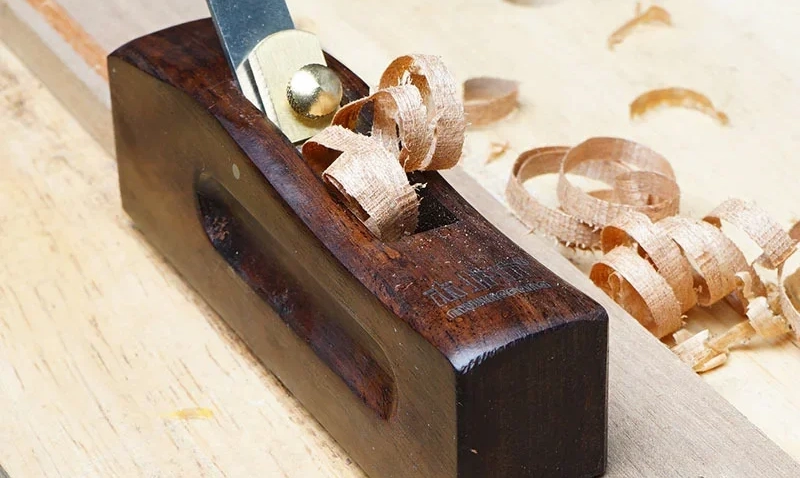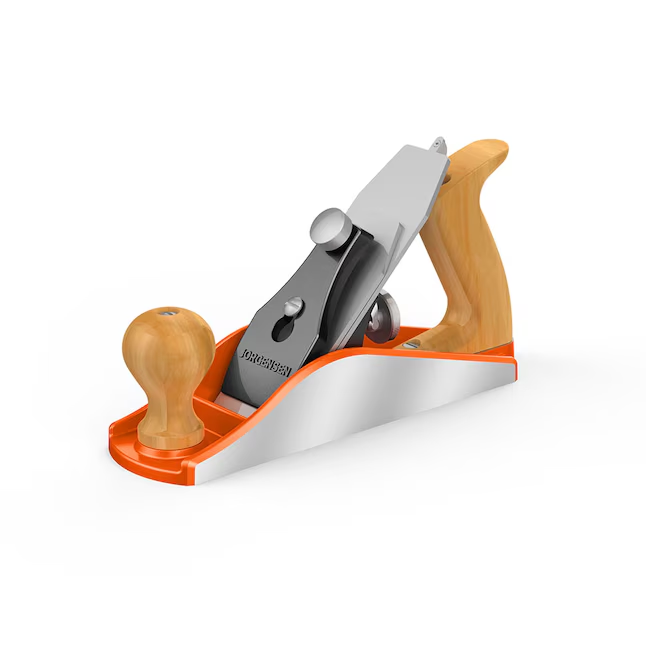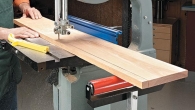
Hand Planes: A Timeless Tool for Woodworking
In the age of power tools, the hand plane remains a cornerstone of woodworking. Its simplicity, precision, and tactile experience continue to captivate craftspeople and DIY enthusiasts alike. This article delves into the world of hand planes, exploring their history, types, techniques, and the enduring appeal they hold for woodworkers.
A Brief History of Hand Planes
The hand plane’s origins can be traced back to ancient Egypt. Where early woodworking tools were fashioned from stone. Over millennia, plane designs evolved, incorporating materials like bronze, iron, and steel. By the Middle Ages, hand planes had become essential tools in European workshops, used for everything from shaping timber to smoothing surfaces.
The Industrial Revolution brought about significant changes in woodworking practices, with power tools gradually replacing many traditional hand tools. However, the hand plane’s unique capabilities and the satisfaction of working with it by hand ensured its survival. Today. Hand planes are cherished by woodworkers who appreciate the precision. Control. And tactile experience they offer.

Types of Hand Planes
Hand planes come in a variety of shapes and sizes, each designed for a specific purpose. Here are some of the most common types:
- Smooth Plane: This is the most versatile plane, used for general smoothing and finishing work. It has a long. Rectangular body and a sharp blade that can be adjusted to control the depth of cut.
- Jack Plane: Larger than the smooth plane. The jack plane is used for roughing down stock and preparing it for finer finishing. It is often equipped with a longer bed and a more robust construction.
- Fore Plane: The fore plane is a long, heavy plane designed for taking deep cuts and shaping large pieces of wood. It has a thick sole and a long handle for maximum leverage.
- Block Plane: Smaller and more compact than other planes. The block plane is used for end grain work and trimming edges. It has a small blade and a fixed bed.
- Rabbet Plane: This specialized plane is used for cutting rabbets. Which are grooves or channels often used in joinery. It has a short body and a wide blade with a rebate cutting edge.

Hand Plane Techniques
Using a hand plane effectively requires skill and practice. Here are some key techniques to master:
- Sharpening: A sharp blade is essential for efficient and precise planing. Woodworkers use sharpening stones to maintain the edge of their plane blades.
- Setting the Blade: The angle at which the blade is set determines the depth of cut and the quality of the finish. Proper blade setting is crucial for achieving desired results.
- Planing Technique: The way a plane is held and moved across the wood affects the quality of the finish. Woodworkers use a combination of pushing and pulling strokes to create smooth surfaces.
- Grain Direction: Understanding grain direction is important for effective planing. Planing against the grain can lead to tear-out, while planing with the grain produces a smoother finish.
The Appeal of Hand Planes
Despite the availability of power tools, hand planes continue to hold a strong appeal for many woodworkers. Here are some of the reasons why:
- Precision and Control: Hand planes offer a level of precision and control that is difficult to achieve with power tools. Woodworkers can fine-tune their cuts and create beautiful, high-quality finishes.
- Tactile Experience: Working with a hand plane is a tactile experience that many woodworkers find deeply satisfying. The feel of the wood beneath their hands and the rhythm of the strokes create a sense of connection to the material.
- Skill and Mastery: Using a hand plane effectively requires skill and practice. Mastering the art of hand planing can be a rewarding and lifelong pursuit.
- Environmental Friendliness: Hand planes powere by human energy. Making them a more environmentally friendly option compared to power tools.
- Tradition and Heritage: Hand planes have use for centuries. Representing a rich woodworking tradition. For many woodworkers, using a hand plane is a way to connect with the history of their craft.

Artisanal and traditional woodworking practices
In the age of mass production and digital fabrication, artisanal and traditional woodworking practices offer a refreshing counterpoint. These methods, passed down through generations, emphasize craftsmanship, sustainability, and a deep connection to the materials and techniques involved. This article explores some of the key artisanal and traditional woodworking practices, highlighting their unique characteristics and enduring appeal.
Green Woodworking
Green woodworking, as the name suggests, involves working with freshly cut, unseasoned wood. This practice has use for centuries. Particularly in rural areas where access to seasoned timber limite. Green wood is more malleable and easier to shape than dry wood, allowing for intricate carvings and intricate designs. However, it requires specific techniques and tools to prevent warping and cracking.
Hand Tool Woodworking
Hand tool woodworking relies solely on traditional hand tools such as planes, chisels, saws, and gouges. This approach demands precision, skill, and a deep understanding of wood’s properties. While it may be more time-consuming than power tool woodworking. The results often characterize by a unique quality and character.
Traditional Joinery Techniques
Traditional joinery techniques, like dovetails, mortise and tenon, and finger joints. Have use for centuries to create strong and durable furniture and structures. These methods often involve precise measurements, careful cutting, and skillful assembly. While they may be more labor-intensive than modern fastening methods, traditional joinery techniques offer a timeless beauty and a sense of craftsmanship.
Intricate Carving and Ornamentation
Artisanal woodworking often involves intricate carving and ornamentation. Techniques like chip carving, relief carving. And inlays can use to create stunning designs and patterns. These skills require patience, precision, and a keen eye for detail.
Sustainable Practices
Sustainability is a core value in many artisanal and traditional woodworking practices. Woodworkers often source timber from sustainably managed forests, minimize waste, and use traditional finishes that are environmentally friendly. This approach helps to preserve natural resources and ensure the long-term viability of woodworking as a craft.

The Appeal of Artisanal Woodworking
The appeal of artisanal and traditional woodworking lies in its unique combination of craftsmanship, sustainability, and connection to the natural world. Here are some of the key reasons why these practices continue to value:
- Quality and Durability: Artisanal woodworking often produces pieces that are of exceptional quality and durability. The attention to detail and use of traditional techniques ensure that these items will last for generations.
- Uniqueness: Each piece of artisanal woodworking is unique, reflecting the skill and creativity of the craftsperson. This individuality highly prize by collectors and those who appreciate handmade goods.
- Sustainability: Artisanal woodworking practices often prioritize sustainability, helping to protect the environment and ensure the long-term viability of the craft.
- Cultural Heritage: Many artisanal woodworking practices deeply roote in cultural heritage and tradition. By preserving these practices. We help to maintain a connection to our past and ensure that these valuable skills passe down to future generations.
Artisanal and traditional woodworking practices offer a refreshing counterpoint to the mass production and digital fabrication that dominate contemporary manufacturing. These methods emphasize craftsmanship, sustainability, and a deep connection to the materials and techniques involved. By appreciating and supporting these practices, we can help to preserve a valuable cultural heritage and ensure the continued vitality of woodworking as a craft.

The hand plane is a timeless tool that continues to inspire and captivate woodworkers of all skill levels. Its simplicity, precision, and tactile experience make it a valuable asset in any workshop. Whether you are a seasoned professional or a beginner just starting out, exploring the world of hand planes can be a rewarding and fulfilling journey.












Leave a Reply